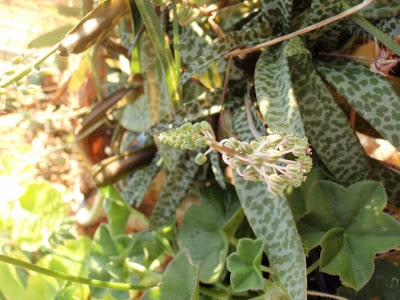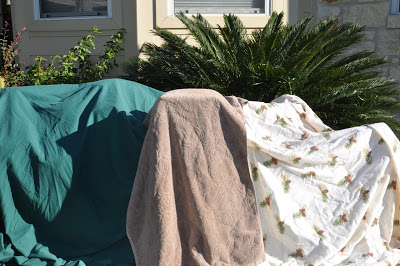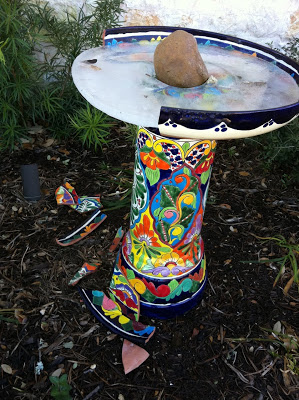A few little garden early birds…
Most of my garden is awash in a sea of browns, grays and deads. Everywhere you look, there are dried limbs, waiting, desperately waiting to be pruned. But thank goodness for my passion for early spring bloomers. They never fail me. There are daffodils scattered all about … Yellow Fortune, Tete a tete, Dutch Master, Double Campernelle, Jonquil Simplex. These are Dutch Masters above, also known as King Alfred.
But thank goodness for my passion for early spring bloomers. They never fail me. There are daffodils scattered all about … Yellow Fortune, Tete a tete, Dutch Master, Double Campernelle, Jonquil Simplex. These are Dutch Masters above, also known as King Alfred. And here we have one of the newer Hellebores. I believe that this one is Phoenix, but I’m not sure because the two about to bloom are not tagged, I didn’t keep the receipt, and I didn’t blog their names or record their names in my master notebook.
And here we have one of the newer Hellebores. I believe that this one is Phoenix, but I’m not sure because the two about to bloom are not tagged, I didn’t keep the receipt, and I didn’t blog their names or record their names in my master notebook.
I hate it when I do that! I do have two that have tags, but they are sad and pathetic and not blog-worthy! That’s how it goes, isn’t it?! This is the Double Campernelle Daffodil. See how fluffy and full it is?
This is the Double Campernelle Daffodil. See how fluffy and full it is? And right behind it I have this lovely Japanese Quince that blooms and heralds the spring every year.
And right behind it I have this lovely Japanese Quince that blooms and heralds the spring every year. Not sure which one this is. I keep meaning to take photos of them all and try to pin point which is which, but that’s low on the list of garden-to-dos!
Not sure which one this is. I keep meaning to take photos of them all and try to pin point which is which, but that’s low on the list of garden-to-dos! This one I can ID – it’s the Tete-a-tete. They are tiny little Daffs with a nice upright shape and lovely, neat little blooms.
This one I can ID – it’s the Tete-a-tete. They are tiny little Daffs with a nice upright shape and lovely, neat little blooms. Unknown variety hyacinths from a grocery store bulb planter I was showing off inside the house two years ago — see it here.
Unknown variety hyacinths from a grocery store bulb planter I was showing off inside the house two years ago — see it here.
So, while I’m waiting to prune, purge and plant in the garden, I can always count on these pretty early birds to perk me up.
Who’s perking you up in your garden? Any signs of spring yet?





